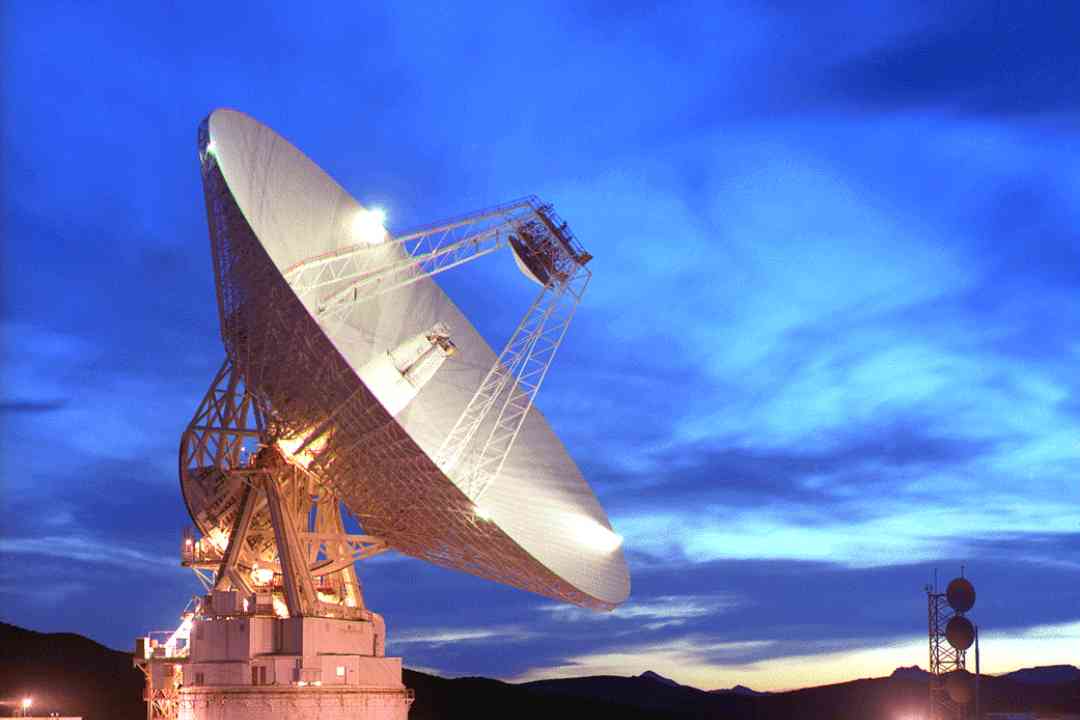Well for beginners if you don’t know what NASA is! NASA stands for National Aeronautics and Space Administration. It is a U.S. government agency that is responsible for technology and science related to air and space.
Communicating to and from space is a challenging job. Movies and television shows made communicating with space very easy, which is the very unrealistic point of view we have been perceiving for a very long time now. Fortunately, NASA has expertise in how to communicate with astronauts. NASA stays in contact with astronauts through a network of communication satellites and ground-based antennas.
Firstly, space communication relies on two very basic things: a transmitter and a receiver. The transmitter helps to encode the message whereas the receiver decodes it. Along with that NASA has several antennas all over the globe to receive transmissions from spacecraft. Network engineers plan communication very professionally. In addition, many NASA missions rely on relay satellites to get their data. For example, the space station communicates through Tracking and Data Relay Satellites (TDRS), which transmit data to ground stations in New Mexico and Guam. The recently launched Mars 2020 Perseverance rover will send data through orbiters around Mars, which forward the data to Earth.
Currently, NASA relies primarily on radio waves for communication but they are modifying ways how to communicate with infrared lasers which will show the advantages of optical communication. Also at times due to disturbances, the quality of data gets deteriorated. To make sure the data is accurate, NASA uses methods of detection and correction. Communications don’t occur instantaneously. Latency can become a challenge. There were times when astronauts had to wait between 4-24 minutes for their messages to reach mission control, and another four to 24 minutes to receive a response.
Spacecraft send information and pictures back to Earth using the Deep Space Network (DSN). The antennas also receive details about where the spacecraft is and how they are doing. This sure tells us how satellite communication is important and it is practically not like the ones we used to watch on television. Well, we sure hope this latency reduces over a period of time so NASA can track its people out there in space in as real-time a basis as possible.
© Vygr Media Private Limited 2022. All Rights Reserved.
























